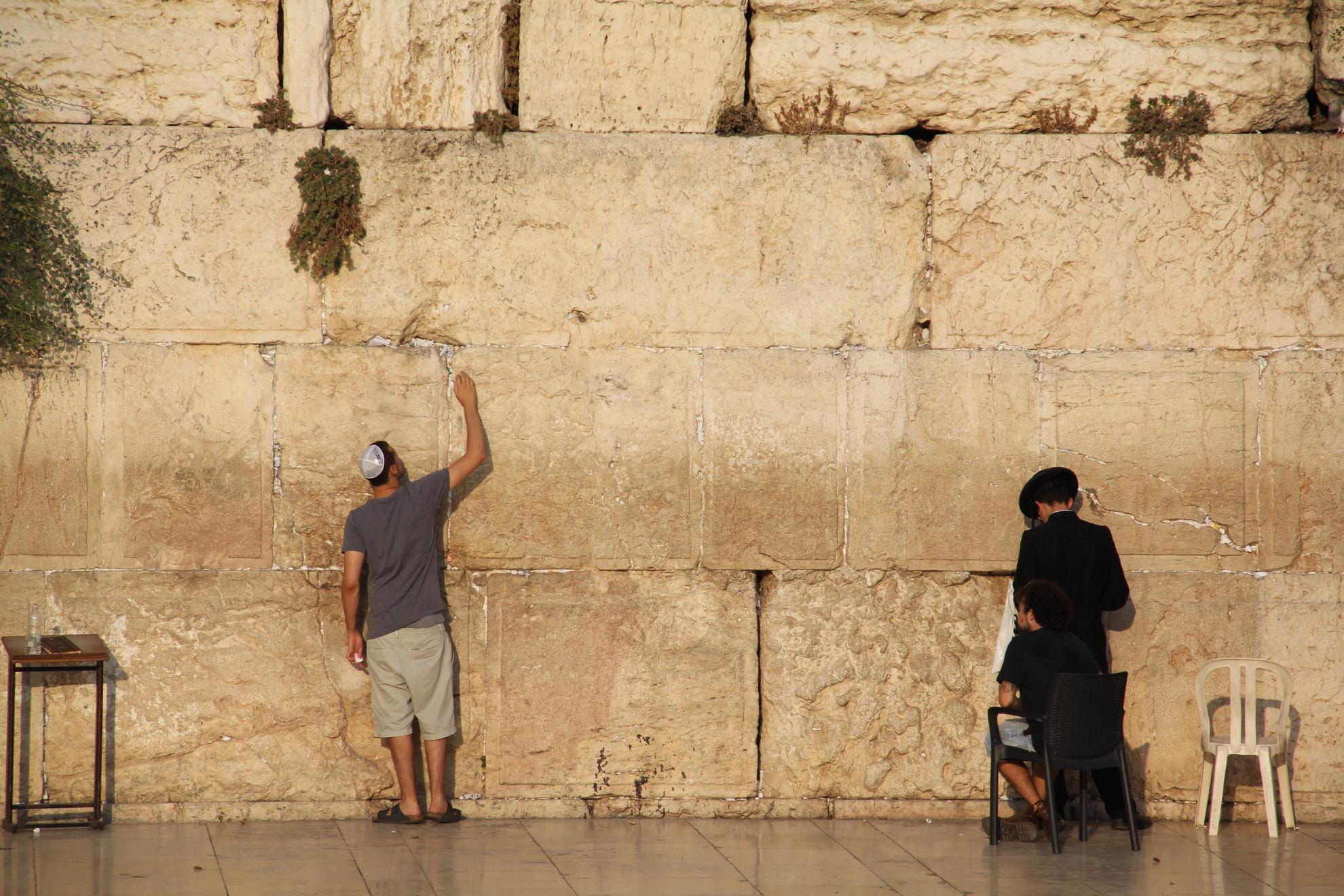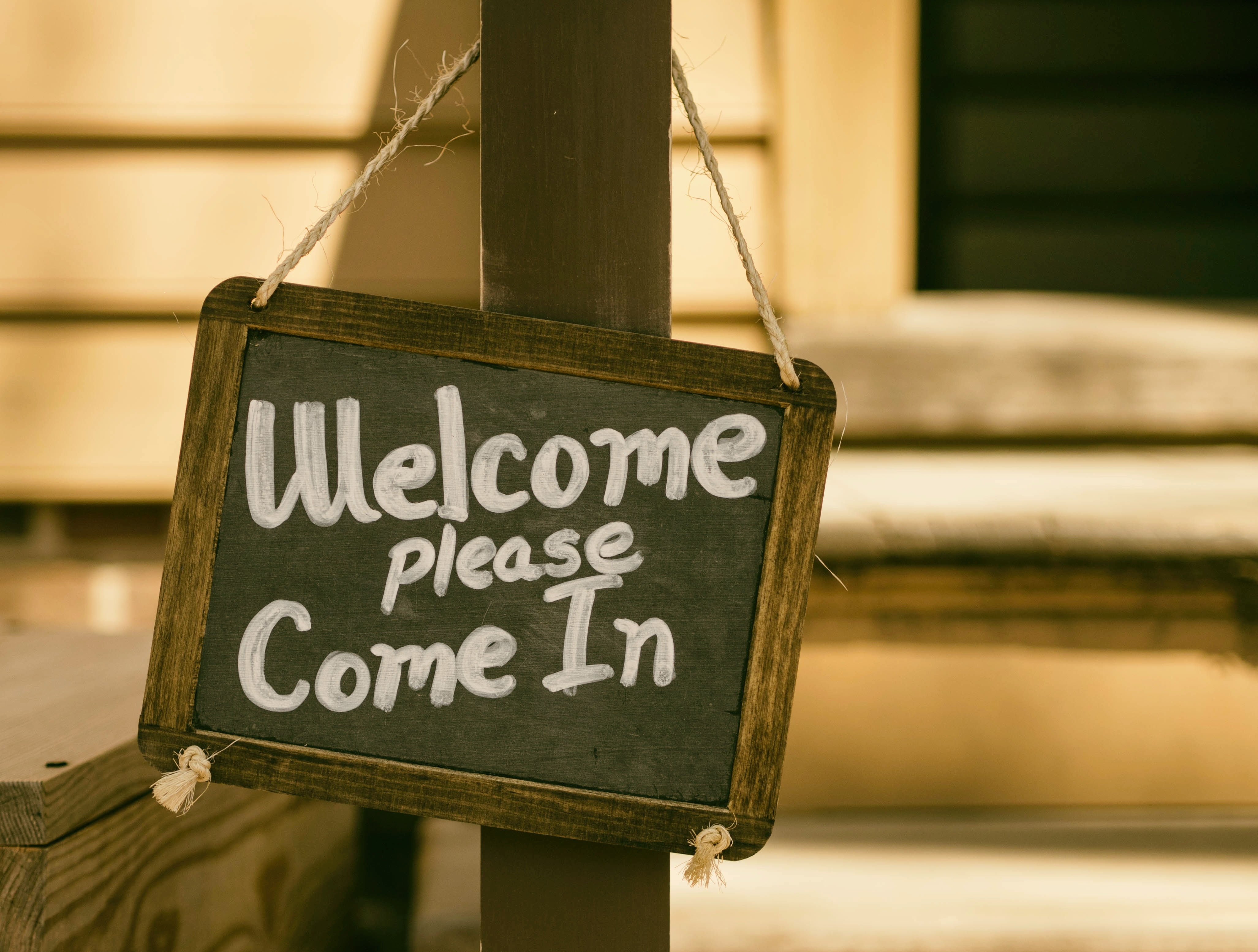December 14, 2021|י' טבת ה' אלפים תשפ"ב Vayigash 5782 - Turning Towards
Print ArticleIt is one of the most stunning and dramatic scenes in the entire Torah: “Vayigash Eilav Yehuda”. In a bid to save his brother, Binyamin, from the hands of the Viceroy of Egypt, Yehuda stepped forward. But the language of Vayigash, “and he approached” is strange. What is gained by using this word rather than simply saying, “Vayomer Eilav Yehuda” “And Yehuda SAID to him”?! What is unique about the word “VAYIGASH?
The Medrash Raba offers three other examples of times the word Vayigash is used, each one reflecting a different type of preparation for an encounter.
“Vayigash Yoav” refers to when Yoav, David’s Chief Commander was preparing to attack in battle. “Vayigash Bnei Yehuda El Yehoshua L’faiso” when individuals from the tribe of Yehuda came to Yehoshua bin Nun to make peace. Vayigash Eliyahu HaNavi – When Eliyahu approached Hashem in Tefillah, in Prayer.
But what is similar about preparing for Battle, To Make Peace, and to Pray? Rav Nissan Alpert in his sefer Limudei Nissan notes that there is one element that is key to success in all of these areas: Having an intimate understanding, of oneself and of the other individual.
When preparing for war, one has to have an intimate, clear understanding of what makes the other army tick. What is their strength and what are their weaknesses? What methods do they love to employ, which are hard for them to defend? If you don’t REALLY KNOW your enemy you will not be able to defeat him.
In davening, we can’t really connect to tefillah until we really understand OURSELVES, where we have been successful, where we can improve, where I really am in my relationship with HKBH. To really feel I am standing in front of Hashem. Only then, when the connection is REAL, can I pour my heart out to Hashem.
When trying to repair a relationship: The only way I will get anywhere, is if I first do what I can to UNDERSTAND where the other person is. To know what has hurt him or her, to appreciate the pain, in a way that brings you close. Only then, can you begin the process of repair.
It is only when we make real efforts to understand the other person, when there is a HAGASHA, that we can work to connect.
And this, says Rav Alpert, explains the language of Vayigash by Yehuda and Yosef. What is Yehuda’s argument to Yosef? It’s all about Yaakov, their father. Why so much of a focus on Yaakov? Because Yehuda couldn’t help but notice just how many times the Viceroy of Egypt had asked about their father. For some reason – a reason that became clear later – this man cared so much about their father.
“So,” says Yehuda, “you really want to know about my father? I’ll tell you the real story. The story of all of the pain and suffering he has experienced. About the challenges I have had in my own relationship with my father.”
Yehuda understood that if he could show the Viceroy who he really was, and if he would be willing to really see the Viceroy for who he was, to connect in an honest and sincere way, then the Viceroy would never be able to hurt Yehuda and his family.
And this idea of Vayigash, Hagasha, of being able to really see the other person, connects so seamlessly to an incredibly foundational idea in relationships which has been expressed by the relationship guru Dr. John Gottman. Dr. Gottman refers to it as “TURNING TOWARDS”, which, translated into Hebrew, would probably be “Vayigash”. And this ability to “turn towards” the other person in our life, is one of the most foundational elements of a successful relationship.
As part of his research, Dr. Gottman conducted a study with newlyweds, then followed up with them six years later. Many of the couples remained together. Many divorced. The couples that stayed married were much better at one thing: Turn Towards Instead of Away.
But what does it mean to “Turn Towards” someone? To understand this concept, we have to understand one other concept: BIDS. A bid is any attempt from one partner to another for attention, affirmation, affection, or any other positive connection. Bids show up in simple ways, a smile or wink, or even a sigh, and more complex ways, like a request for advice or help: “You’ll never believe what happened today at work!” “How does this dress look?” “Today was such a hard day”
Yes, in general, women make more bids than men, but in the healthiest relationships, both partners are comfortable making all kinds of bids. But it is in the moment AFTER one spouse makes a “bid” that we have an extraordinary opportunity: We can CHOOSE to turn TOWARDS our spouse or to turn AWAY. And the difference is night and day.
When your husband says, “You’ll never believe what happened at work today!” and you respond, “please, tell me about it!” You just turned TOWARDS him. You showed him not only that you are interested in what he has to say, but that he MATTERS to you. When your wife says, “Today was such a hard day”, and you ignore the comment, not only have you not shown interest in her day, you are sending a message that she doesn’t matter to you. Of course, we don’t intend to send these messages, but the subtext in these moments are so powerful. It’s not so much WHAT we say, it’s the messages we are sending with how we respond to each other.
At the six-year follow-up in Gottman’s initial study, couples that stayed married turned towards one another, meaning they responded positively to the other’s bids, 86% of the time. Couples that divorced averaged only 33% of the time. In the end, Gottman notes, these small moments of connection, of showing just how much the other person means to you, are the real foundation of any healthy relationship.
The medrash actually offers one more example of VAYIGASH:
“ר’ יהודה אומר ויגש לשון אהבה. שנאמר ויגש וישק לו (בראשית כז כז)”
R’ Yehuda says: Vayigash is the language of LOVE.
And it should come as no surprise that once Yosef felt that Yehuda was really TURNING TOWARDS him, that he cared about what really mattered to him, “V’lo yachol Yosef L’hitapeik”. He could no longer hold himself back from the family he loved, and the family reunion begins.
One of the greatest reconciliations in the history of our people made possible because of the willingness for one person to be VAYIGASH, to TURN TORWARD the other. Hopefully we can all take note, and begin to turn toward the most important people in our lives too.




